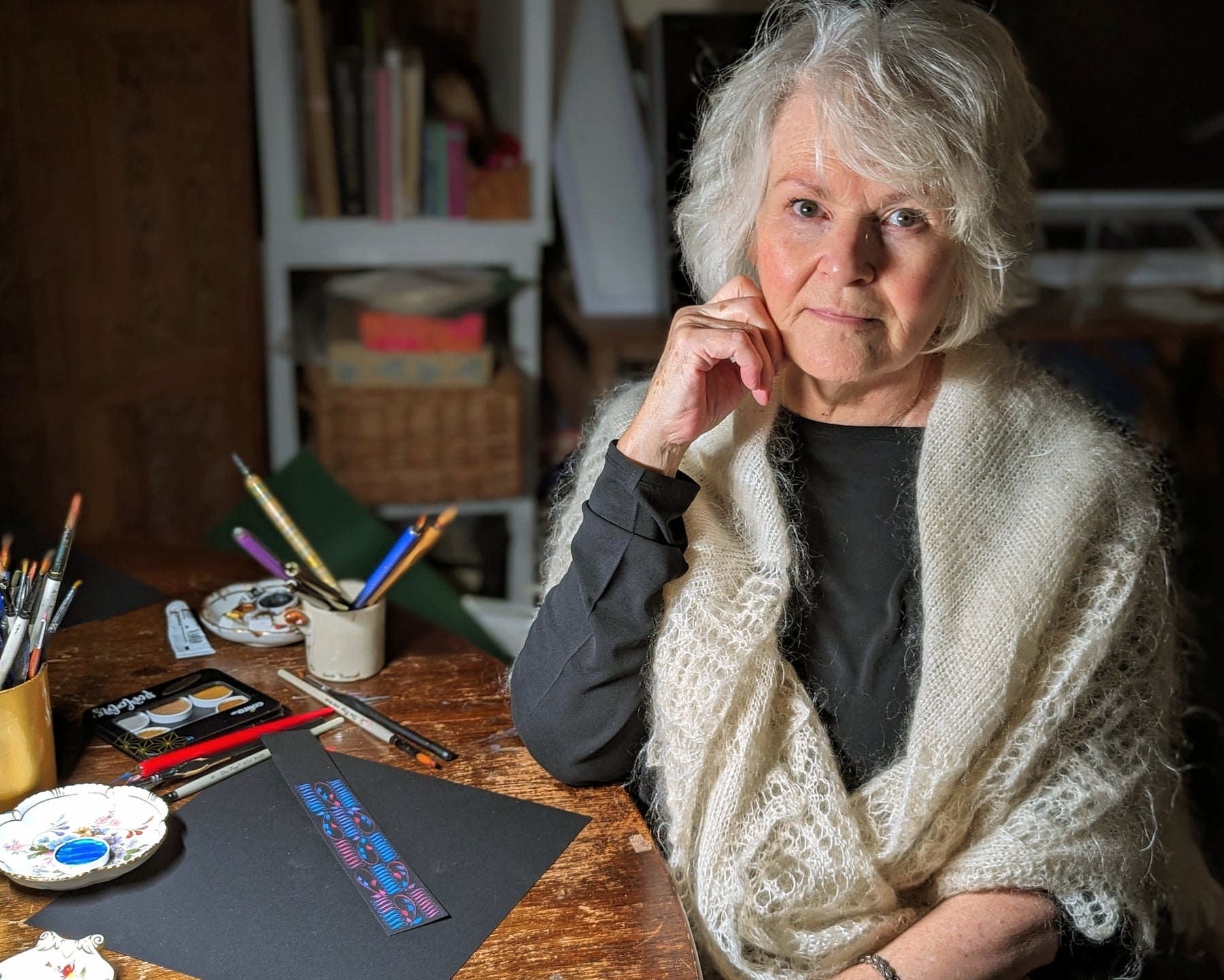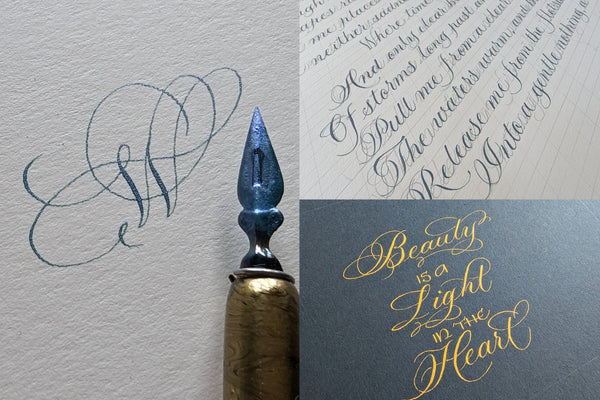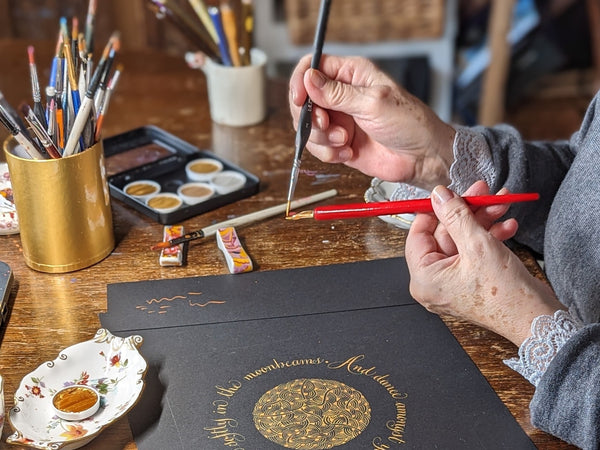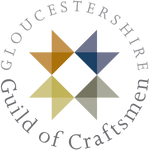
Maker in Focus - Miranda Songer
Copperplate Calligraphy is sometimes called, 'The Art of the Oval.' It is a script dating from the copperplate engraving and printing process of the early 1700's. It takes many hours of practice and years to learn and these days it is a beauty almost lost to the UK.
We are thrilled to welcome Miranda Songer to The Guild.
We caught up with her to find out more about her practice.
How did you get into copperplate calligraphy?
My first copperplate steps were taken 10 years ago, when I went on a weekend for an Introduction to Copperplate – I crossed the threshold of the classroom and seemed to fall in love. Copperplate has a kind of romance about it, although it’s not a script which is widely practised and certainly not commonly taught, so to a very great extent, I am self-taught.
What is copperplate calligraphy?

Copperplate isn’t actually writing. It is a process of drawing predetermined shapes, which when combined can be read as letters and words.
In some ways, there is very little complexity in the creation copperplate calligraphy – it is just a pointed pen, some paint or ink and a piece of paper. The complexity is that the entire script grows out of the angles, shapes, pen pressure and skill that combine and which take many, many hours and years of practice to master.
Historically, copperplate calligraphy grew out of the etching and printing processes of the early 1700’s and became the clerks’ hand and script of commerce for over 200 years… and then it almost disappeared. Many countries have their own variation, but the English version I try to practise owes much to William Hogarth, who I believe is sometimes known as the Father of English Copperplate and to George Bickham, an engraver, whose collection of exemplars dating from the 1720s provides a time capsule of rich learning resources.
What inspires your work?
I love the discipline, the skill and the challenge of trying to create a consistent and faithful copperplate hand. I also enjoy creating surface patterns, so being able to combine these 2 elements in my work, brings challenge, great contentment and satisfaction. Copperplate is a historical script and it appeals to me to use sparks from historically inspired sources for the pattern work – although I then work them into my own designs. Last year, I was working with the designs of some small sample swatches of Kimono fabrics held in The Ashmolean Museum.

How do you choose what you will write?
Copperplate is a very slow process and sometimes we spend days sitting alongside the text we’re working on. For a non-commissioned piece, I usually settle on gentle and contemplative pieces – often to do with the natural world. Working to commission, I work with the words chosen or written by the client, and am always so struck by the importance and meaning the words hold for that person and for the intended recipient or setting.
I am mostly asked to do one-off pieces that are for private homes. Sometimes a commemorative piece, but more often poems and designs that combine pattern and text. Many of my commissions come through messages on Instagram, so I have sent work to many countries and become comfortable working in different languages. At the moment, I am about to start a piece of some song lyrics destined as a gift for someone in Zambia.
What is your newest make and what is special about it?
Sometimes completing a work can actually be surprisingly intense; I have just spent several days working on a poem by TS Eliot, which is presented as a spiral. It’s a complex piece and so I needed to break the process down into stages with rest in between. Working on a spiral is a challenge in itself, as what looks circular actually has more of an oval shape in the centre, so the whole piece is an exercise in visual balance and harmony.
What does being a part of The Guild mean for you?
Working with a very niche and uncommon craft can be rather isolating with no recognised platform or support network. I am so absolutely delighted and grateful to be a new member of The Guild and am looking forward to the opportunity of showing my work alongside other respected makers. Alongside a place of creative belonging, I feel that copperplate will have a presence as a living craft in Gloucestershire. I would love one day, perhaps for there to be an opportunity to collaborate with other makers.
Do you have any events or workshops coming up?
Organising a workshop in association with The Guild later in the year, would be very cheery. And when the calendar of events is worked out, I will look forward to the opportunity of contributing and participating. Until then, I will continue with the happiness of teaching and of working on both commissioned and personal pieces.
